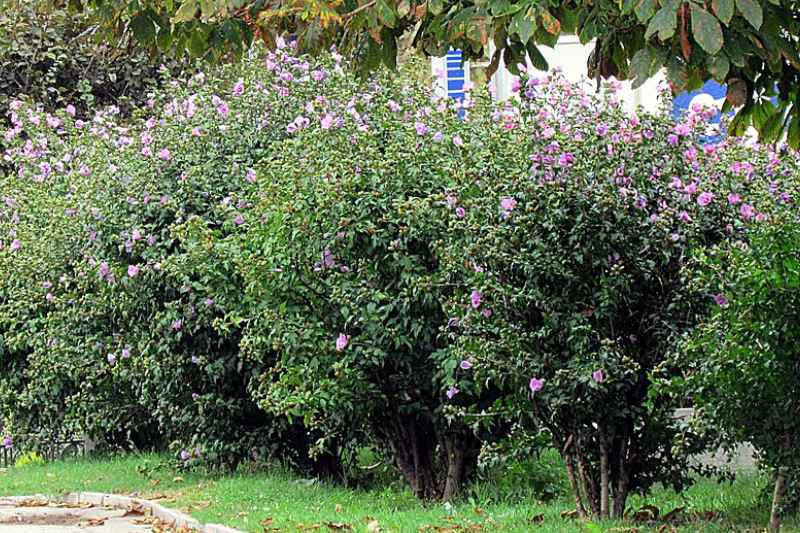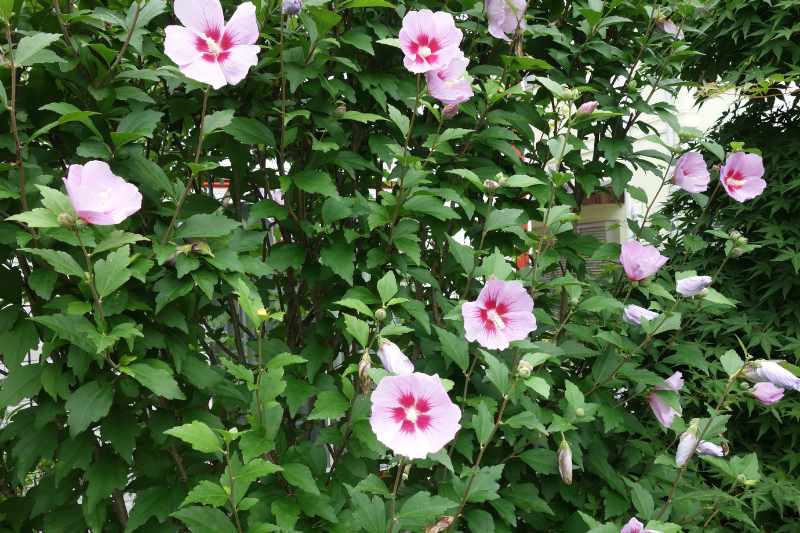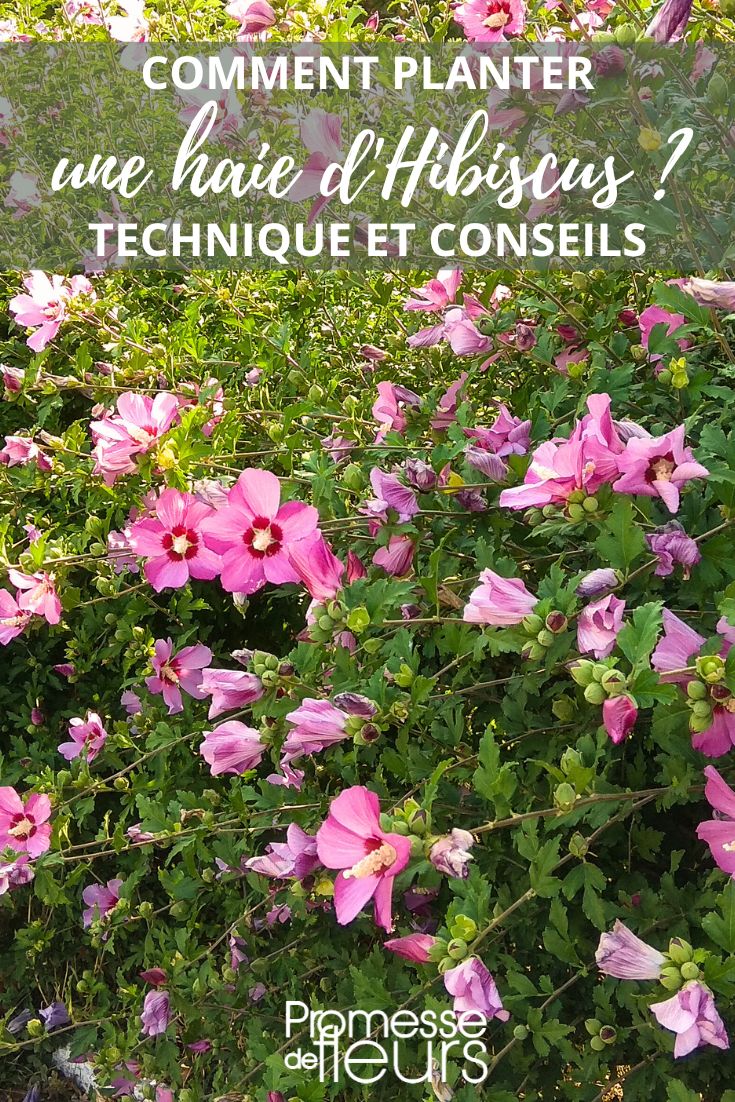Hibiscus syriacus, also known as Althea, ketmia or tree mallow, is a highly prized ornamental plant for its abundant, colourful summer flowering. Native to East Asia, this robust bush can reach 2 to 3 metres in height, offering splendid flowers in a range of colours from white to deep pink and blue-mauve shades. Hardy and adaptable to many soils, Hibiscus syriacus is an excellent choice for creating a decorative hedge in gardens.

Growing Althea in the Garden
Hibiscus syriacus, or garden hibiscus, prefers sunny to partly shaded positions and well-drained soil, slightly acidic to neutral. Once established, it is fairly drought-tolerant, but it is important to water young plants regularly. Pruning, carried out at the end of winter or in early spring and consisting of shortening the shoots of the previous year, encourages abundant flowering and balanced growth.
Hibiscus can be used as specimens, in mixed borders with large perennials and grasses, or as an informal hedge. In regions with cool summers, prefer forms with single flowers.
Warning: in the garden, the hardiest and easiest to grow are Hibiscus syriacus (Althea) and Hibiscus paramutabilis (and hybrids between these two species such as 'Rose Moon', for example). Although relatively hardy, Hibiscus moscheutos (marsh hibiscus) and Hibiscus coccineus (Texas star) are more demanding, as they require warm summers with consistently moist soil to thrive. In a Hibiscus hedge, gardeners therefore generally use Hibiscus syriacus, the common garden hibiscus. That is why in this guide we emphasise the Latin name of this bush, to help you avoid any disappointment.
If you want to learn more, read Hibiscus, Althea: plant, grow and maintain.
Where and when to plant a Hibiscus hedge?
Best time to plant Hibiscus syriacus is autumn or early spring, allowing roots to establish before extreme temperatures. For a hedge, choose a sunny site sheltered from strong winds. Ensure soil is well-drained to avoid risk of root rot.

How to create a Hibiscus hedge?
- Soil preparation: work soil to a depth of 30 to 40 cm. Add compost or well-rotted manure to improve soil.
- Spacing of plants: plant Hibiscus syriacus at intervals of 1 to 1.5 metres to allow good development.
- Planting: make a planting hole twice as large as the rootball. Place plant and backfill with loosened soil. Firm lightly and water thoroughly.
- Maintenance: water regularly, especially during dry periods. Prune each year to maintain hedge shape and encourage flowering.
Equipment needed
- Spade or digging fork for soil preparation and planting
- Compost or well-rotted manure
- Watering can or hose
- Garden shear or pruning shear for pruning.































Comments